The Oil Capital of Norway
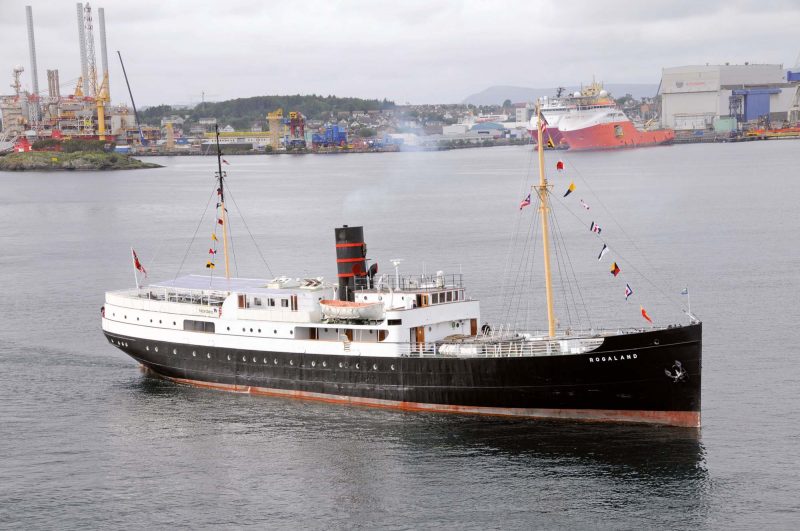
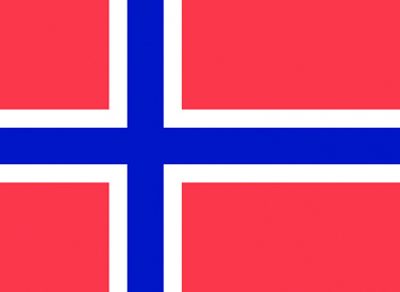
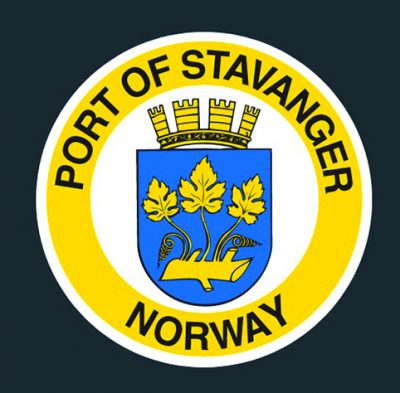 When I twice visited Stavanger in the late 1950s on the much loved Bergen Line ferries Leda and the twin funnelled Venus, Stavanger was a small town of less than 50,000 inhabitants and a very small, narrow harbour called the Vagen, with the Bergen Line berth on the western side. Today, this berth is called the Ferjeterminal Utland (Overseas Ferry Terminal), and although there have been some small changes, the harbour is still very recognisable. Stavanger is now a booming oil town of 134,000 inhabitants with 40% of the population working in the oil industry and only 10% in service industries. Stavanger is the oil capital of Norway, with drilling first beginning in offshore Norway for Esso in 1966, and with Statoil founded as a limited company owned by the Government of Norway on 14th July 1972 by a unanimous Act passed by the Norwegian parliament Stortinget, to enable Norwegian participation in the oil industry. Agreements had been signed in 1965 with the United Kingdom and Denmark to share out the North Sea oilfields on the median line principle.
When I twice visited Stavanger in the late 1950s on the much loved Bergen Line ferries Leda and the twin funnelled Venus, Stavanger was a small town of less than 50,000 inhabitants and a very small, narrow harbour called the Vagen, with the Bergen Line berth on the western side. Today, this berth is called the Ferjeterminal Utland (Overseas Ferry Terminal), and although there have been some small changes, the harbour is still very recognisable. Stavanger is now a booming oil town of 134,000 inhabitants with 40% of the population working in the oil industry and only 10% in service industries. Stavanger is the oil capital of Norway, with drilling first beginning in offshore Norway for Esso in 1966, and with Statoil founded as a limited company owned by the Government of Norway on 14th July 1972 by a unanimous Act passed by the Norwegian parliament Stortinget, to enable Norwegian participation in the oil industry. Agreements had been signed in 1965 with the United Kingdom and Denmark to share out the North Sea oilfields on the median line principle.
The headquarters of Statoil are in Stavanger, as are the Norwegian subsidiaries of every oil major in the world, and the Offshore Northern Seas (ONS) oil exhibition, the largest exhibition and conference for the oil and energy sectors, is held every two years in Stavanger. Oil in huge quantities started to flow from the Norwegian sector of the North Sea in 1969, and after much discussion, Stavanger was chosen as the oil centre of this industry, with a hectic period of growth following. Some 78 blocks of the Norwegian North Sea and 22 licences had been granted to world oil majors and groups of companies in the first licensing agreements granted by the Norwegian Government in April 1965. The semi-submersible drilling rig Ocean Traveller was towed from New Orleans to Stavanger for Esso at that time, and began drilling in block 8/3 on 19th July 1966 some 110 miles south west of Stavanger, and soon struck oil in unimaginable quantities. The Norwegian Petroleum Directorate (NPD) was created by the Norwegian Government as an oil agency in 1972, and the Petroleum Safety Authority (PSA) was created on 1st January 2004 to work with that agency on safety in oilfields.

History Of Stavanger
The Stavanger region, part of the present day county of Rogaland, was first settled shortly after the ice retreated after the last Ice Age around 10,000 years ago. The Vikings of this area under rulers called Jarls, formed themselves into kingdoms and travelled extensively in longships as far as Russia and the East Coast of Canada. The Viking era was helped by the natural harbour of Stavanger and was strategically important to their conquests across the North Sea to Scotland, England and Ireland with a good shipping route to the west of Stavanger and the fertile Ryfylke islands to the north. This North Jaeren geological area of flat land became a Viking economic and military centre as far back as the year 700, with the consolidation of the Norwegian nation at the nearby Battle of Hafrsfjord around 872, won by Harald Fair Hair, who used elite swordsmen in groups of a dozen to win the battle.
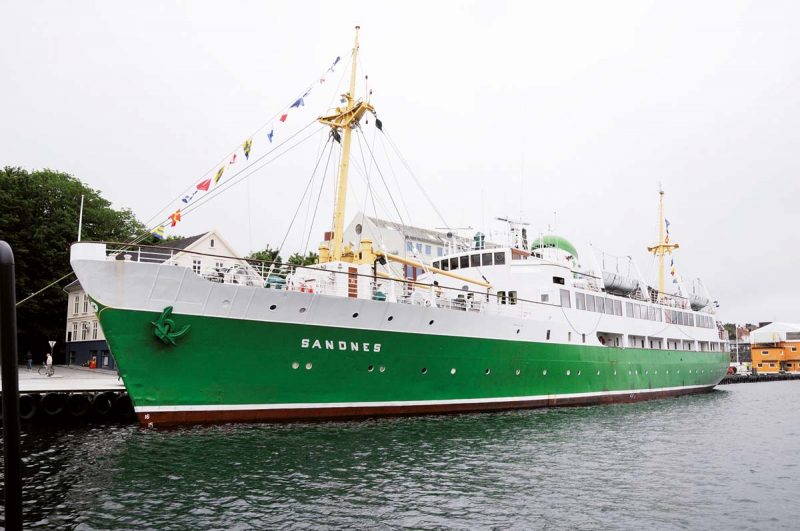
Longships of considerable size and capable of making long ocean voyages were built all across Southern Norway, and in Rogaland. In the year 760, raiding began across the North Sea, and in 793 the Vikings attacked the centre of English Christianity at Lindisfarne in Northumberland murdering, raping, looting and pillaging the local population for some distance inland.

Subscribe today to read the full article!
Simply click below to subscribe and not only read the full article instantly, but gain unparalleled access to the specialist magazine for shipping enthusiasts.
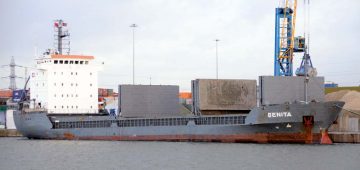




Comments
Sorry, comments are closed for this item